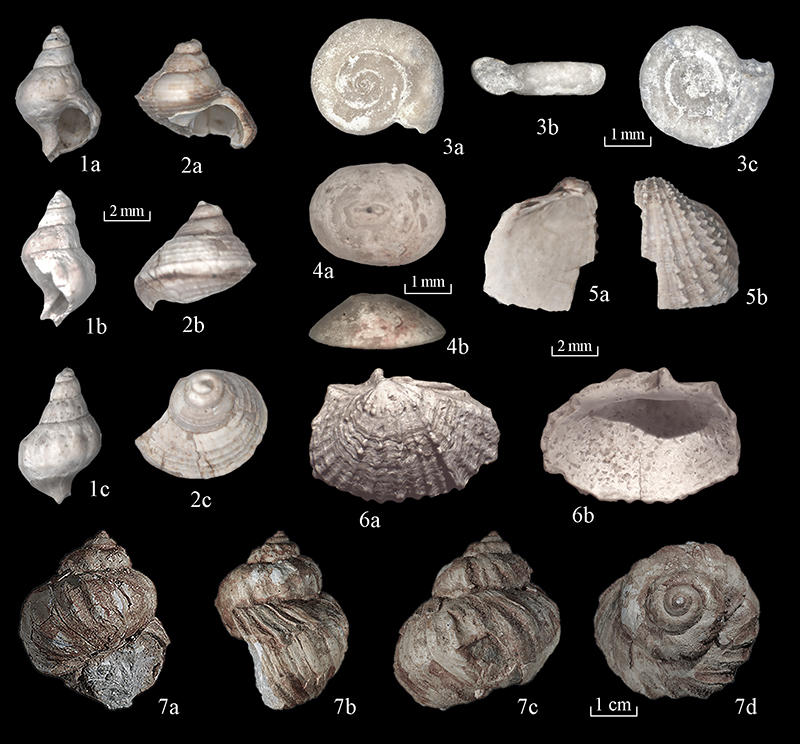FIGURE 1. 1, General scheme of the territory: black rectangle - position of the studied area. 2, geological map (Geological Map of the southern Federal district of the Russian Federation, 2013) showing the location of the Morskaya 2 site in the northeastern part of the Azov Sea. ₽3-N1 - Upper Series of the Paleogene System (Oligocene) - Lower Series of the Neogene System (Miocene); N1-2 - Neogene System (Miocene - Pliocene stages); N1 - the Miocene; N13 - Upper Miocene; grey colour indicates the Carboniferous System, green - Cretaceous System, red star - the Morskaya 2 site location.

FIGURE 2. Lithological-stratigraphical column of the Morskaya 2 section.

FIGURE 3. Assemblage of the Middle Sarmatian (Bessarabian) marine bivalves (layer 1). 1-2, Polititapes ponderosa (d’Orbigny, 1844). 3-4, Polititapes vitaliana (d’Orbigny, 1844). 5-6, Sarmatimactra fabreana (d’Оrbigny, 1844). 7-8, Obsoletiformes obsoletum ingratum (Kolesnikov, 1929). 9-10, Obsoletiformes obsoletum obsoletum (Eichwald, 1830). 11, Plicatiforma fittoni fittoni (d’Orbigny in Murchison et al., 1845). 12-13, Ervilia dissita dissita (Eichwald, 1830).

FIGURE 4. Assemblage of the Middle Sarmatian (Bessarabian) marine gastropods (layers 1 and 2). 1, Acteocina lajonkaireana (Basterot, 1825). 2, Acteocina okeni (Eichwald, 1850). 3, Retusa melitopolitana (Sokolov, 1899). 4, Hydrobia elongata Eichwald, 1830. 5, Pseudamnicola nympha (Eichwald, 1850). 6, Dorsanum duplicata opinabile (Kolesnikov, 1932). 7, Dorsanum corbiana (d’Orbigny, 1844). 8, Dorsanum ignobile (Kolesnikov, 1932). 9, Gibbula (Gibbula) pseudoangulata (Sinzov, 1875). 10, Gibbula (Sarmatigibbula) podolica (Du Bois de Montpéreux, 1831).

FIGURE 5. Assemblage of the Maeotian freshwater molluscs (layer 3). 1, Borysthenia cf. pronaticina (Lindholm, 1932). 2-3, Lithoglyphus acutus Cobălcescu, 1883; 2, smooth shell; 3, shell with keel. 4, Viviparus cf. karaganicus Volkova, 1939. 5, Viviparus cf. maeoticus (Bogachev and Shishkina, 1919). 6, Lymnaea sp. 7, Sphaerium rivicola Lamarck, 1818. 8, Gyraulus cf. acronicus (Ferrussac, 1807). 9-10, Bithyniidae, opercula.

FIGURE 6. Assemblage of the Maeotian terrestrial molluscs (layer 3). 1, cf. Helicella sp. 2, Helicodiscus (Helicodiscus) roemeri (Andreae, 1902). 3, Vallonia cf. pulchella (Müller, 1774). 4-5, ? Deroceras sp.

FIGURE 7. Assemblage of the redeposited Miocene marine and terrestrial molluscs. 1, Vertigo sp. 2, Hydrobia enikalensis Kolesnikov, 1935. 3, Hydrobia elongata Eichwald, 1830. 4, Gibbula sp. 5, Gibbula (Sarmatigibbula) podolica (Du Bois de Montpéreux, 1831). 6, Gibbula sp. 7, Acteocina lajonkaireana (Basterot, 1825).

FIGURE 8. Assemblage of the redeposited Miocene marine and terrestrial molluscs. 1, Dorsanum sp. 2, Gibbula (Gibbula) pseudoangulata (Sinzov, 1875). 3, Anisus cf. spirorbis (Linnaeus, 1758). 4, Blinia cf. angulata (d’Orbigny, 1844). 5, Cardiidae indet. (cf. Obsoletiformes). 6, Cardiidae indet. 7, Barbotella intermedia (Radovanović et Pavlović, 1893).

FIGURE 9. Correlation of the studied mollusc complexes of the Morskaya 2 site with the subdivisions of the International Stratigraphical Chart (Berggren et al., 1995; Cohen et al., 2013; updated), the Regional Stratigraphical Scheme of the Neogene deposits of the South of the European part of Russia (Nevesskaja et al., 2004, 2005; Popov et al., 2006; Krijgsman et al., 2019), mammalian zones (Mein, 1975; Fejfar et al., 1998; Vangengeim and Tesakov, 2008; Hilgen et al., 2012) and the palaeogeographical conditions during the period of sedimentation.


